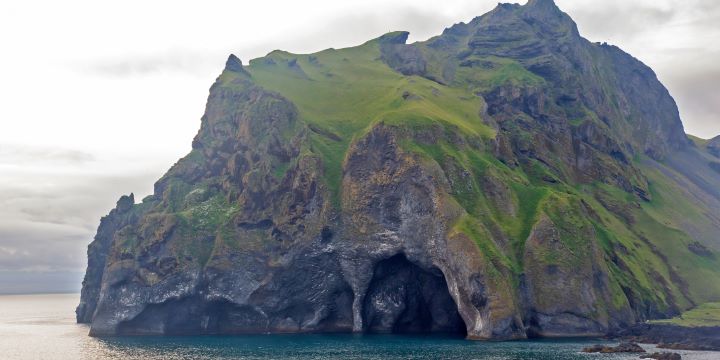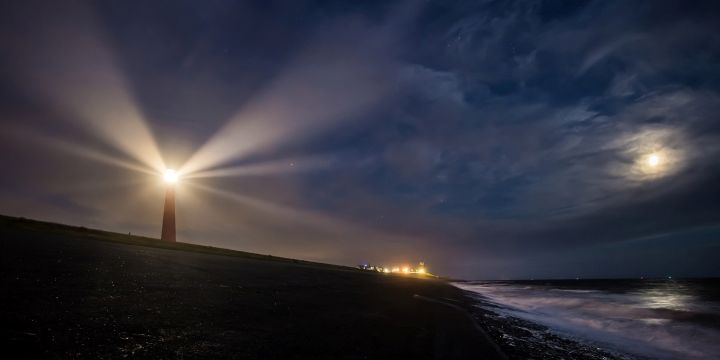Table of Contents:
- Introduction
- Discovering Elephant Rock: A Geological Wonder
- Getting to Elephant Rock
- Best Time to Visit Elephant Rock
- Exploring Elephant Rock and Surrounding Areas
- Safety Precautions and Tips for Visiting Elephant Rock
- Conclusion
Key Takeaways:
- Elephant Rock is a renowned geological formation located on the southern coast of Iceland.
- Visitors can explore the area through hiking trails, photography opportunities, and wildlife observation.
- Planning a visit during summer offers the best weather conditions, but winter visits provide unique experiences.
- Be prepared for changing weather, strong winds, and slippery terrain when visiting Elephant Rock.
- Respect wildlife and follow safety guidelines to ensure a safe and enjoyable visit.
Introduction
Embark on an extraordinary journey to witness one of Iceland’s most captivating natural wonders – Elephant Rock. Perched along the rugged southern coast of Iceland, Elephant Rock is a geological marvel that beckons adventurers and nature enthusiasts alike. In this comprehensive guide, we’ll delve into everything you need to know to plan an unforgettable visit to Elephant Rock.
Discovering Elephant Rock: A Geological Wonder
Elephant rock in Iceland, is a striking rock formation that resembles the profile of an elephant, hence its name. Carved by the relentless forces of wind and water over thousands of years, this natural marvel is a testament to Iceland’s tumultuous geological history. Comprised of basalt columns, Elephant Rock is a stunning example of the unique landscapes sculpted by volcanic activity and erosion in Iceland.
Getting to Elephant Rock
The journey to Elephant Rock is a breathtaking adventure through Iceland’s southern coast, where you’ll be mesmerized by the stunning views of soaring cliffs, endless black sand beaches, and the vast expanse of the ocean. The impressive rock formation is tucked away near Reynisfjara Beach, approximately 180 kilometers from the bustling capital city of Reykjavik. To get there, you can take a scenic drive and park near the beach to start a short hike. The trail will lead you through a mesmerizing landscape of volcanic rock formations and stunning seascapes, culminating in the awe-inspiring Elephant Rock.
Best Time to Visit Elephant Rock
The optimal time to visit Elephant Rocks depends on your preferences and interests. From June to August, Iceland experiences milder weather and longer daylight hours during the summer months, making it an ideal time for outdoor exploration. Summer visitors can enjoy pleasant hiking conditions, abundant wildlife sightings, and the opportunity to witness Iceland’s breathtaking landscapes in full bloom.
Alternatively, visiting Elephant Rock during winter offers a unique and magical experience. While the weather may be colder and the days shorter, winter visitors can witness the mesmerizing beauty of Iceland’s snowy landscapes and the elusive Northern Lights dancing across the night sky.
Exploring Elephant Rock and Surrounding Areas
As you approach Elephant Rock, you will be struck by its awe-inspiring silhouette against the stunning backdrop of the Atlantic Ocean. This geological marvel is a true wonder of nature and a sight to behold.
The hiking trails that wind their way around the rock offer breathtaking views of the surrounding coastline, making it a perfect destination for nature lovers and photo enthusiasts alike. You can capture the area’s beauty with your camera or enjoy the peacefulness of the landscape.
But Elephant Rock is just one of the many natural attractions waiting to be explored in this area. Reynisfjara Beach is a nearby must-visit destination, with its black sand shores and towering basalt columns. The beach is also home to various seabirds, including puffins and fulmars, which nest along the cliffs. Sometimes, you may even glimpse seals basking on the nearby rocks.
Exploring the area around Elephant Rock is an unforgettable experience that will leave you in awe of the natural beauty of Iceland.
Safety Precautions and Tips for Visiting Elephant Rock
If planning a visit to Elephant Rock, you should prioritize safety and be well-prepared. Iceland’s weather can be unpredictable, with sudden changes, strong winds, and slippery terrain. To ensure your safety, it is recommended that you dress warmly and wear sturdy footwear that is suitable for hiking over uneven surfaces.
When exploring the area, you must be mindful of your surroundings and stay on designated trails to avoid accidents or damaging fragile ecosystems. Additionally, be aware of the wildlife and avoid disturbing nesting birds or approaching seals too closely. By respecting the wildlife, you can help preserve their natural habitat and ensure their safety.
If you are exploring the coastal areas, you must be aware of tide schedules to avoid being caught off-guard by rising waters. It is recommended that you check the tide schedules before starting your journey so that you can plan accordingly.
By following these guidelines, you can have a safe and memorable experience while visiting Elephant Rock. Remember to take care of yourself and be respectful of the natural environment.
Conclusion
Discover the awe-inspiring Elephant Rock, a massive natural wonder that stands tall in the remote southeastern region of Iceland. This colossal rock formation is an incredible sight to behold, resembling the head of a majestic elephant overlooking the rugged terrain. You’ll have to traverse through streams and navigate challenging terrain to reach Elephant Rock, but the journey is well worth the effort. Once you arrive, you’ll be greeted by magnificent panoramic views of the surrounding landscape. During the summer, the rock is bathed in brilliant sunlight, while in the winter, it transforms into a magical wonderland where you can witness the Northern Lights. Be sure to take a hike around the base of the rock and explore the surrounding area to appreciate Elephant Rock’s beauty fully. Remember to bring your camera to capture the stunning vistas and unforgettable moments that await you.




